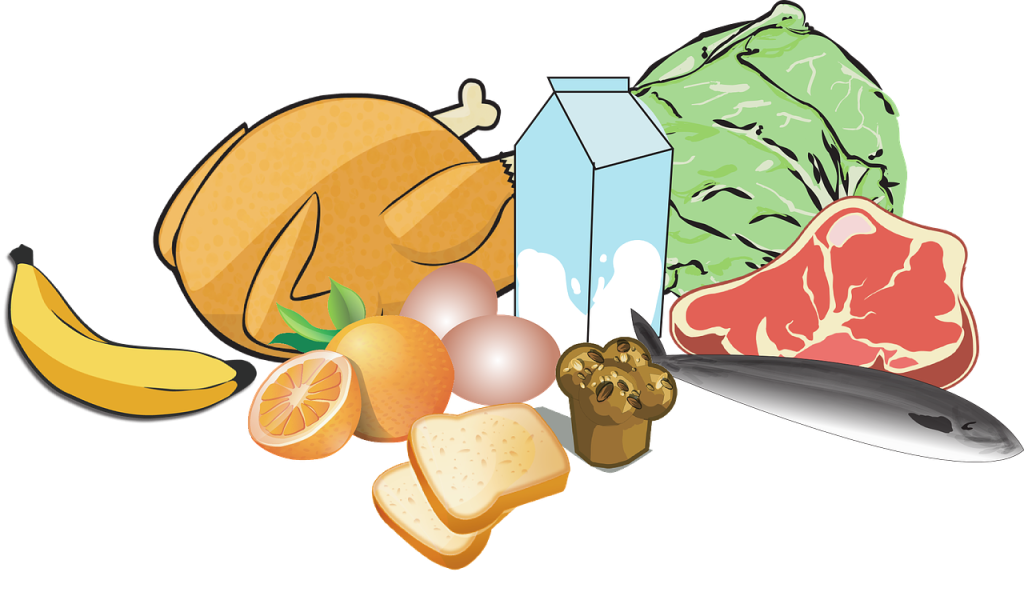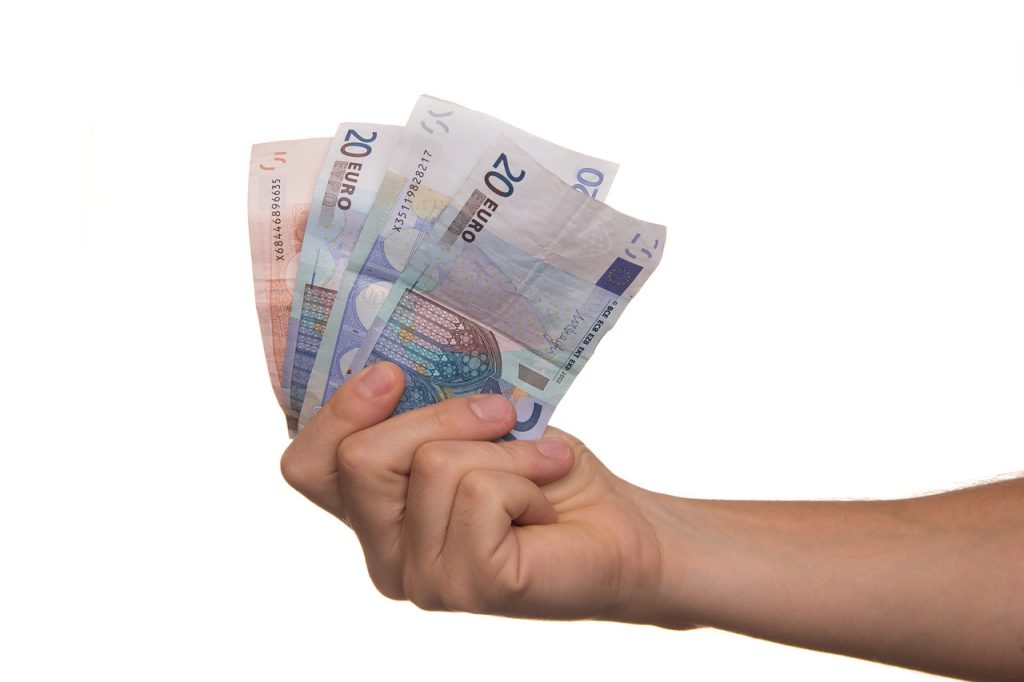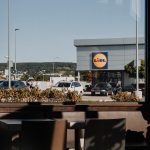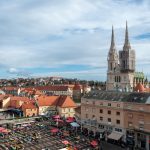October 6, 2023 – Due to the continuous increase in the costs of living, Croatia, as well as some of its neighbours, have decided to limit the prices of certain items. How do prices in Croatia now compare with its neighbours?
According to the latest Eurostat data, as Poslovni reports, inflation in Serbia in August was 11.5 percent, in Montenegro 9.1, in Croatia 8.4, and in Bosnia and Herzegovina 4.7 percent.
The impact of inflation is best seen in grocery shops, where the prices of basic foodstuffs and necessities for personal and household hygiene are quite high, considering the standard of living of citizens.
For the sake of comparison, a kilogram of boneless pork leg costs €5.07 in “Bingo” in Bosnia and Herzegovina (BiH), between €7.24 and €10.22 in Serbia, €3.94 in the Montenegrin “Idea”, and €3.99 in Croatia’s “Konzum”.
Chicken meat goes for €3.53 in Bosnia and Herzegovina, €2.88 in Montenegro, €2.04 in Serbia, and €3.17 in Croatia.

A liter of “Diamond” sunflower oil in Serbia costs €1.45, in Bosnia and Herzegovina it’s €1.50, in Montenegro €1.13, and €1.28 in Croatia.
“Bakin kruh” mixed bread costs €1.59 in Croatian Konzum at a fixed price, in BiH the price of white bread is €0.77, while in Montenegro it is €0.78. On the other hand, in Serbia the basic type of bread costs €0.46. The prices of other types of bread vary significantly in all countries.
175 grams of the most popular coffee costs €2.98 in Croatia, €2.55 in Serbia, €2.16 is enough for 200 grams in Montenegro for 200 grams, while €2.04 will only get you 150 grams in BiH.
Sugar is most expensive in Croatian and Montenegro, at €1.28. In BiH it’s €1.17, and in Serbia you can get a kilo for €0.97.
A litre of 2.8 percent milk is most expensive in Montenegro at €1.49, in Bosnia and Herzegovina you can get it for €0.94, in Serbia it is currently €1.11, and €1.01 in Croatia.
The price of a carton of 10 eggs here is similar in Serbia, Montenegro and Bosnia and Herzegovina, ranging from €1.98 to €2.08, while in Croatia it costs €2.44.











